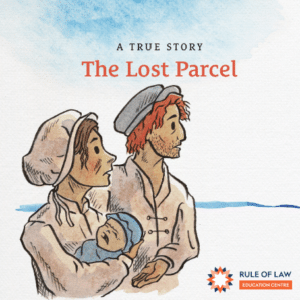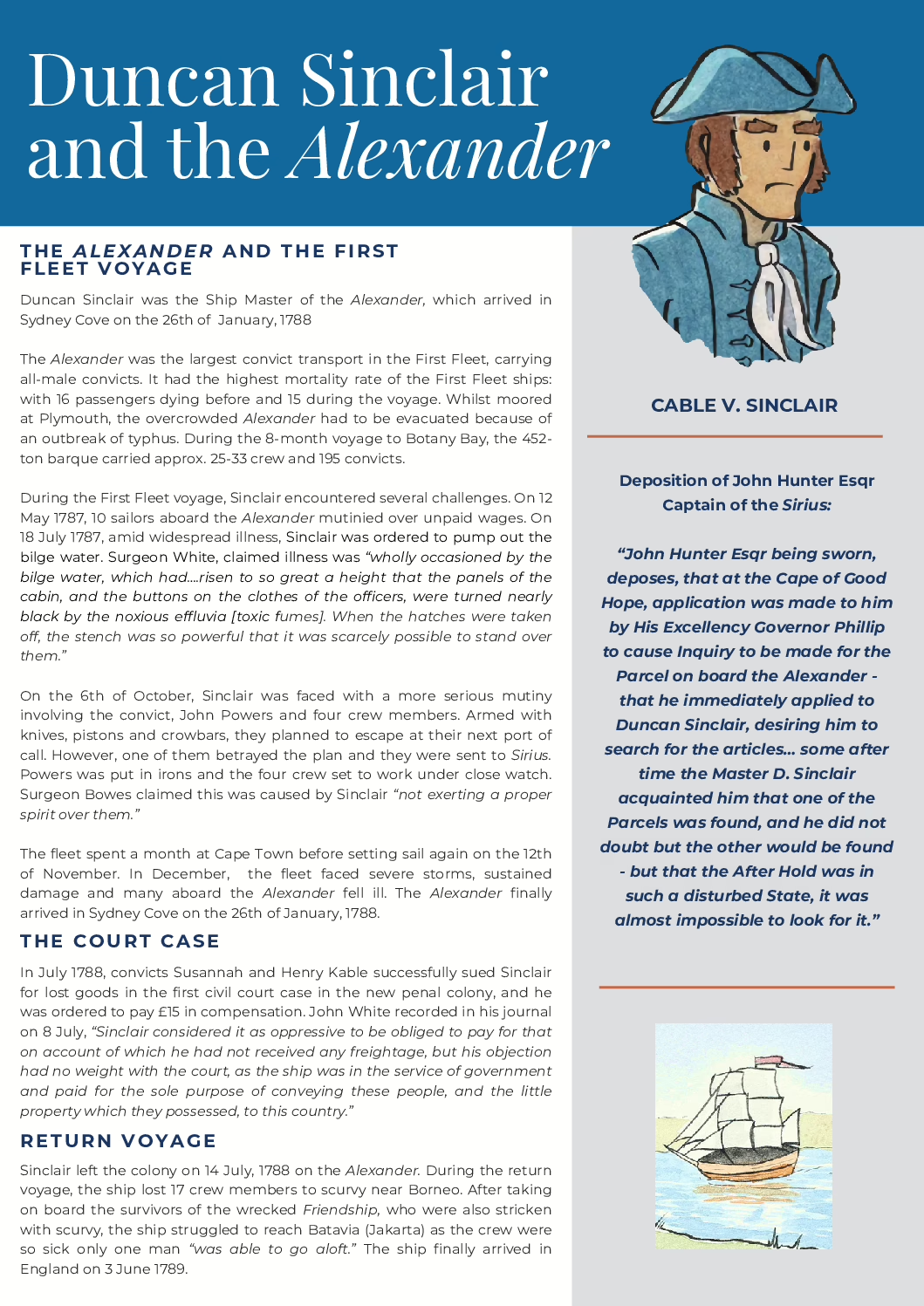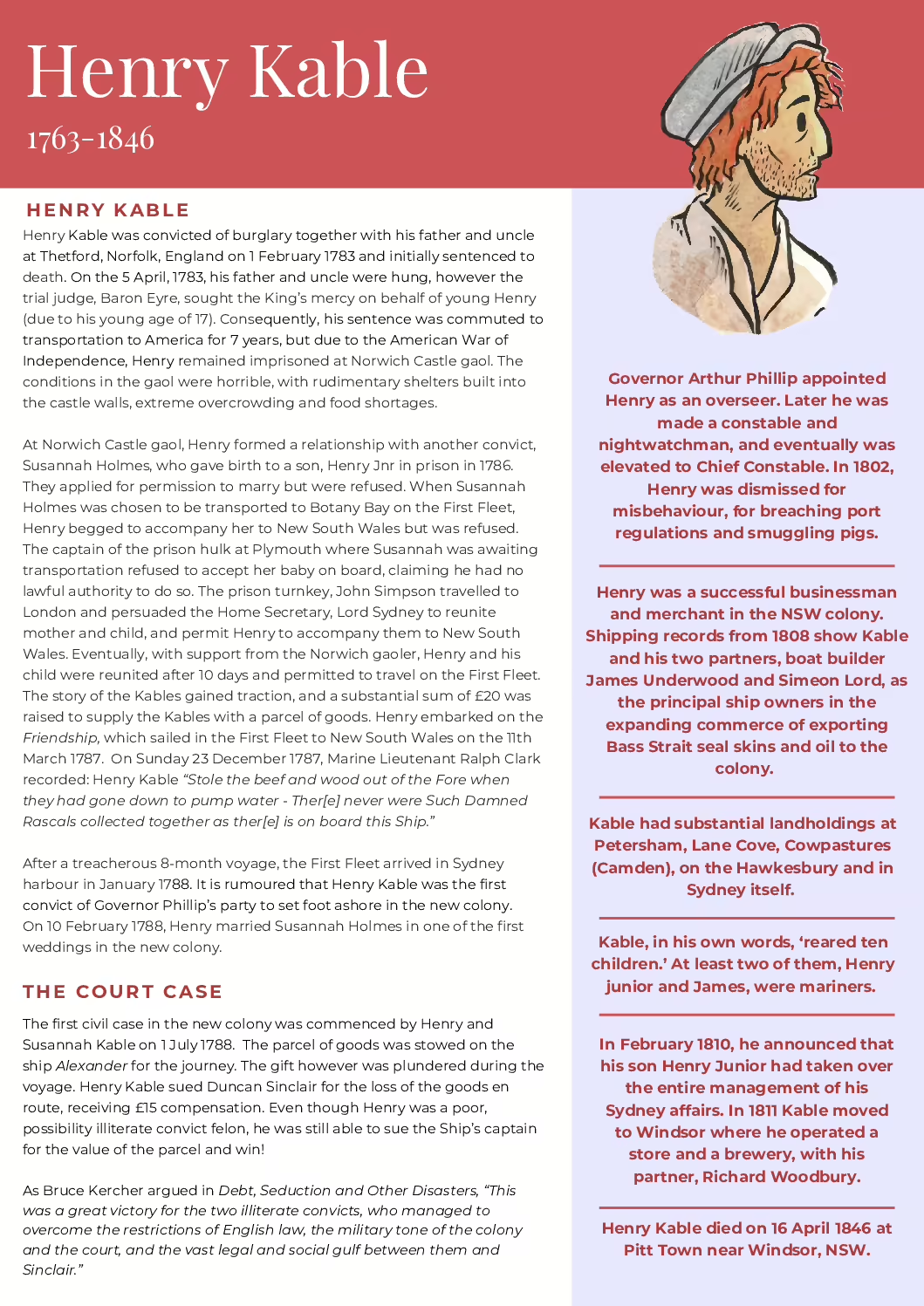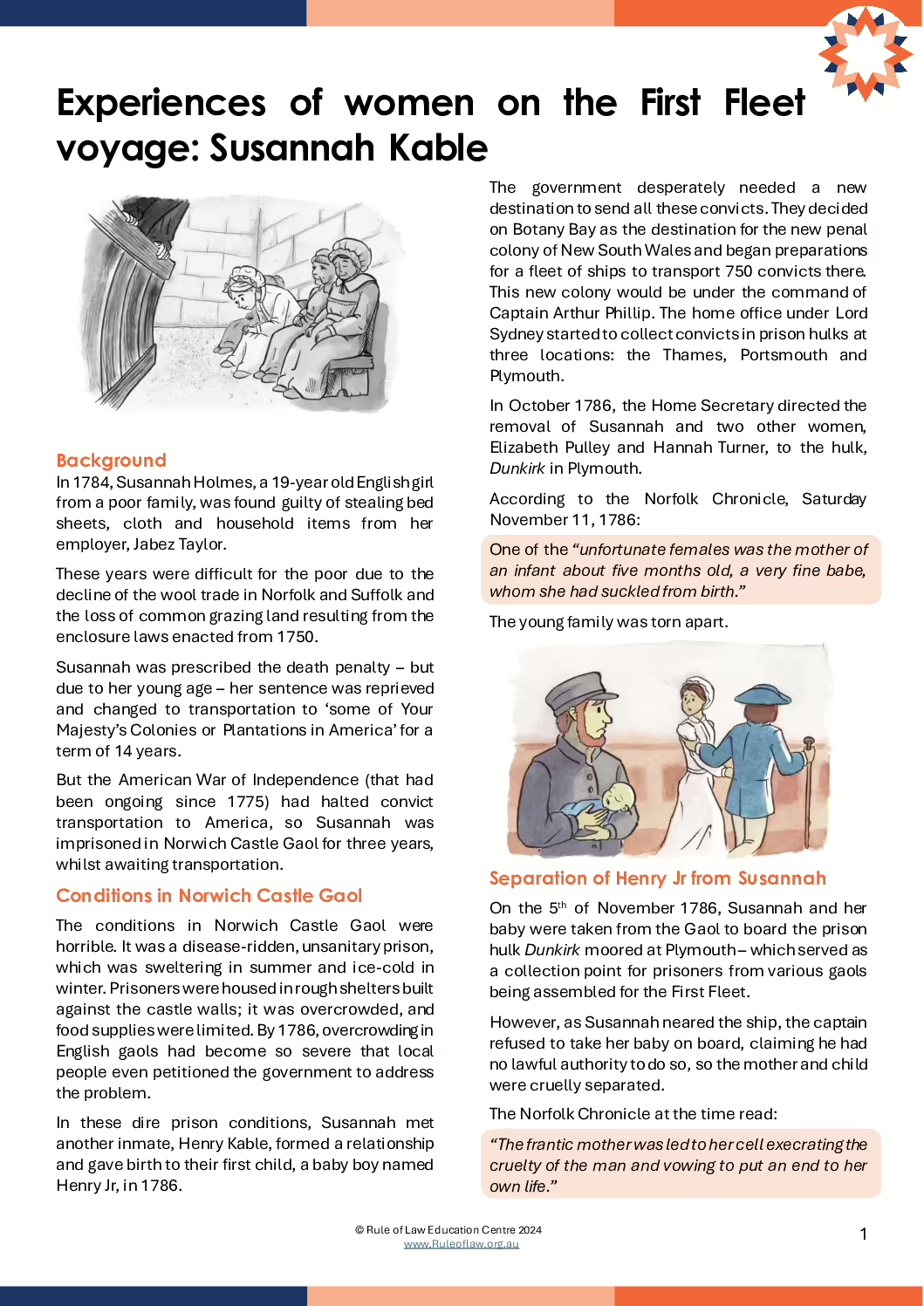Reverend Johnson
1755?? – 1827
Richard Johnson, Church of England clergyman and evangelical minister, was born in Welton, Yorkshire, England, and was the son of John Johnson. Educated at the grammar school at Kingston-upon-Hull, he initially engaged in farming and teaching before studying at Magdalene College, Cambridge, in 1780. Johnson was then ordained by the bishop of Oxford in 1784 and appointed to a rural parish in Hampshire.
On 24th October 1786, Johnson received a royal warrant appointing him ‘Chaplain to the settlement’ of New South Wales. Johnson owed his nomination to the London Eclectic Society (particularly, to John Newton and William Wilberforce). Before departure, he was introduced to The Society for the Propagation of the Gospel and The Society for the Propagation of Christian Knowledge, which supplied him with Bibles and religious books. Johnson and his wife, Mary, sailed with the First Fleet on The Golden Grove, departing Portsmouth in May 1787. Onboard, Johnson conducted Sunday services and led evening prayers. When the Fleet reached Rio de Janeiro, he ministered to marines and convicts aboard the other ships.
Arriving in Australia in 1788, Johnson conducted the first divine service on 3rd February in Sydney ‘under some trees’ and preached from Psalm 116:12, ‘What shall I render unto the Lord for all His benefits toward me?’ For the first five years, Johnson was solely responsible for church services in the colony. He also performed baptisms, marriages, christenings, burials, ministering to condemned men at executions, and taught schoolchildren. He engaged in regular ministrations in Sydney, Toongabbie and Parramatta as well as making a visit to Norfolk Island. He performed the marriage service of Henry Kable and Susannah Holmes on 10 February 1788. Johnson later sat with David Collins and John White to hear their case against Duncan Sinclair, master of the Alexander.
As labour could not be spared for the building of a church, Sunday services were held in the open air or sometimes in a large store. In June 1793, Johnson began to build a church himself, and by September, completed a building capable of holding 500 people at a minuscule cost of about £67. Johnson, with his wife, taught between 150-200 school children in this church. This church was then burnt down in 1798.
In 1800, Johnson returned to England on Buffalo with his wife and children. He passed away on the 13 March in Ingham, Norfolk, England.
The Kable’s Case
Before leaving England, the public raised £20 to fund a parcel of goods for Henry and Susannah Kable. Reverend Johnson was entrusted with delivering this parcel to the Kables upon their arrival to the penal colony. It is also believed that Johnson wrote the writ for the Kable’s case, as they were illiterate and could only sign their names with an ‘X’. If this is true, it could be viewed as at least a little problematic, because Johnson also sat as a member of the court (alongside Governor Arthur Phillip, Judge-Advocate David Collins ) which decided in favour of the Kables. This case, Cable v Sinclair was the first civil law case in the new colony.
Click here to learn more about the story of the Lost Parcel.
Before university, Johnson was a farmer and teacher in Yorkshire. He transferred his valuable farming skills to the new settlement, supplying grain, vegetables and meat to Sydney from the lands that cultivated around Brickfield, Canterbury and Ryde. On the voyage out with the First Fleet he collected orange seeds and successfully grew the fruit on his property at Kissing Point, near Parramatta. Johnson was an early pioneer of the citrus industry in Australia. He soon became known as the best farmer in Sydney Town.
Johnson had massive land grants: first land grant in Canterbury area, made to Richard Johnson who received 100 acres in 1793.
Johnson also worked extensively with Indigenous people. In May 1789, the Johnsons took into their home an Indigenous girl aged about 15, called Araboo or Boorong, who had survived the 1789 Sydney smallpox outbreak. In 1790, he and Mary had a daughter who was given an Aboriginal name, Milbah. They also had a son in 1792.





